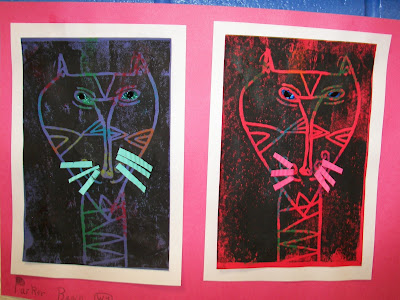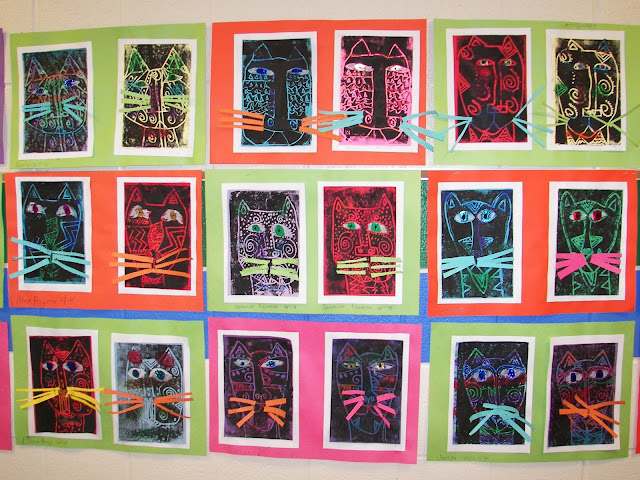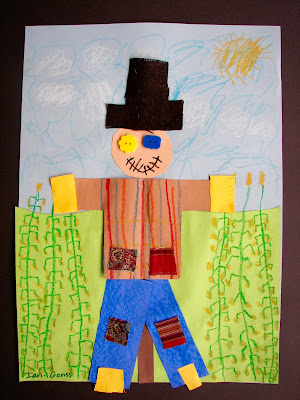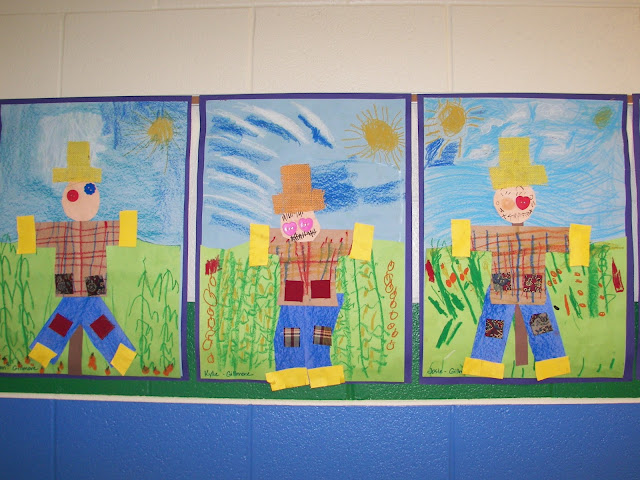Laurel Burch Printed Cat Portraits! A very simple printmaking project with a couple fun embellishments! A great LINE, COLOR, TEXTURE and DESIGN lesson. You can lean any way you decide!
Week 1 - We look at the art of Laurel Burch, mostly her cats. We discuss their BIG human like eyes and beautiful patterns. Students drew their own cat portrait on a 6x9 piece of white paper. Then tape it and lightly trace it to a piece of printing styrofoam the same size. I like to use ball point pens to press the foam down further, to get it ready for printing.
Week 2 - Students select 4 pieces of 6x9 pieces of construction paper in various colors. Then with old oil pastels, we color on the side a bit, making the paper multicolored. Once done, we printed our styrofoam with black printing ink.
Week 3 - Students selected the best 2 of 4 prints to frame side by side on white 7x10, then down to a 12x18. We used colored metallic papers for eye balls, with black oil pastel lines if they liked. Then paper crimpers to make colorful whiskers. The final steps made them look more finished! A very satisfying product in the end!





























































